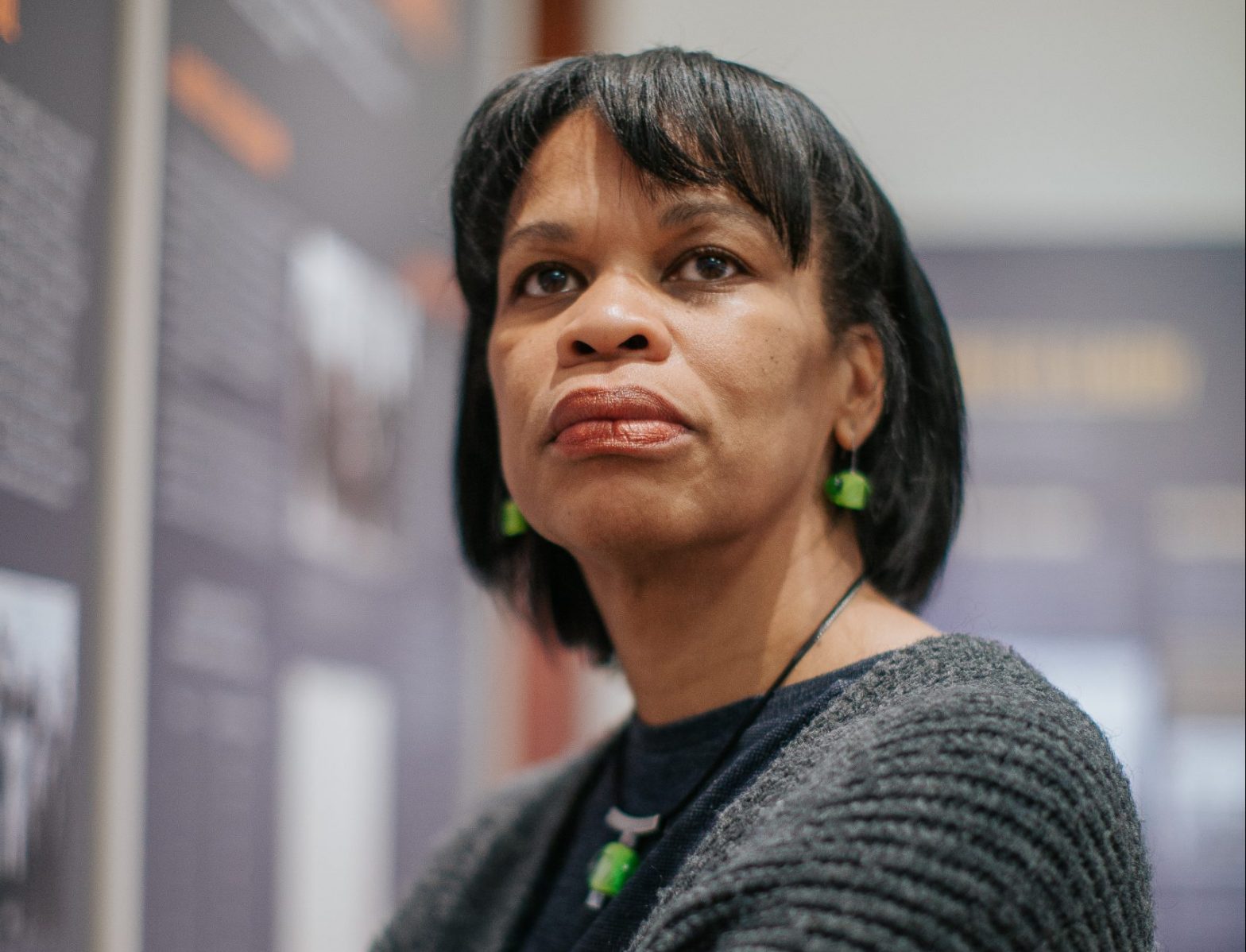In 1808, the trans-Atlantic slave trade was abolished in the United States, but the horrors of slavery raged on for nearly six more decades. Between 1810 and 1860, approximately 1 million enslaved people in the Upper South were forcibly relocated to newly established plantations in the Deep South, fueled by the booming cotton industry.
This summer, the Charlottesville Civil Rights Tour will take participants along the route of this lesser-known domestic slave trade, stopping at an array of former plantations, historic civil rights sites, museums, memorials, and locations of slave revolts in the Deep South. The eight-day trip—hosted by the UVA Democracy Initiative’s Memory Project and the Jefferson School African American Heritage Center—will examine how Southern communities are reshaping the narrative surrounding slavery and white supremacy, and elevating the voices and stories of enslaved people and their descendants.
“There are people from here who were trafficked down there, [and] members of the community who hold the torch of the Lost Cause narrative whose families made money off of [the slave trade],” explains tour co-leader Jalane Schmidt, director of the Memory Project. “We’re connected in every way. We’re not special—we’re part of this narrative.”
On June 19, a 100-person delegation—including high school students, teachers, activists, descendants of enslaved people, and other community members—will fly to Alabama, where Charlottesville’s 2018 civil rights tour culminated. Following the deadly 2017 Unite the Right rally, Jefferson School Executive Director Dr. Andrea Douglas and Schmidt led a pilgrimage to Montgomery to commemorate the 1898 lynching of John Henry James in Albemarle County. On the 120th anniversary of James’ murder, the group delivered soil from the site of his lynching, land now owned by Farmington Country Club, to the Equal Justice Initiative’s National Memorial for Peace and Justice, which features jars of dirt from over 4,000 documented lynching locations.
“When [participants] came back, they talked at public forums, like the public library, or their Sunday school group, or at work, and in classrooms. There was a ripple effect from that as people talked to their friends, neighbors, co-workers about what they’ve learned,” says Schmidt of the pilgrimage.
“That is the goal of these tours, and why we want to do it again this summer—to keep that ripple effect going,” she says.
In Alabama, the delegation will visit Birmingham’s 16th Street Baptist Church, where four Black girls were killed when it was bombed by the Ku Klux Klan in 1963. They will also walk across Selma’s Edmund Pettus Bridge, where over 600 civil rights marchers—led by then 25-year-old activist John Lewis—were brutally attacked by police in 1965.
The trip also includes a stop in Africatown, home to the descendants of the enslaved people smuggled on the Clotilda, the last last-known slave ship to arrive in the United States in 1860.
The ship was immediately burned and sunk on the Mobile River to hide the illegal activity, and its remains were not found until 2019. After the Civil War, the Clotilda’s survivors wanted to return to Africa, but didn’t have enough money to do so. Instead, they pooled their wages to purchase land they called Africatown.
Activist Myra Anderson, whose ancestors were enslaved at the University of Virginia, says she is most looking forward to meeting fellow descendants at Africatown, and visiting the wreckage site of Clotilda this summer. From participating in the 2018 pilgrimage, she learned that engaging with such violent, brutal history first-hand is “not easy”—she was often brought to tears—but incredibly eye-opening and life-changing.
“I saw so many parallels between what happened back then and what happened in Charlottesville [in 2017],” says Anderson, reflecting on the 2018 pilgrimage. “There was nothing more powerful than to just have the opportunity to be able to interpret history in the exact places where it happened.”
“As an activist, it inspired me in so many ways to not take my foot off the gas and stay the course, and understand that all of those who were there before me and the things that they did, they laid the framework,” she says.
Other notable stops on this summer’s trip include the Whitney Plantation in Wallace, Louisiana, one of the few former plantations in the country focused solely on educating visitors about slavery; the Emmett Till Interpretive Center in Sumner, Mississippi, where the 1955 murder trial of 14-year-old Till took place; and the Lorraine Motel National Civil Rights Museum in Memphis, Tennessee, where Martin Luther King Jr. was assassinated in 1968. The group will also participate in a variety of cultural activities, like a jazz tour of New Orleans, before returning home on June 26.
Thanks to a large number of donors, over two dozen participants have received scholarships that cover the $2,750 price tag. Most of the trip spots have been reserved, but a few remain for people who can pay full price.
As Charlottesville continues to grapple with its own racist history, Schmidt hopes the trip will help the city reimagine public spaces with ties to slavery and white supremacy—most notably the former sites of the Lee and Jackson statues—and make them welcoming and inclusive of the entire community.
“It’s about learning together as a community, [and] how we fit in with this larger narrative,” she says. “And being able to come back to teach others.”
For more information, or to book a ticket for the tour, go to insiderexpeditions.com/charlottesville-civil-rights-tour.
